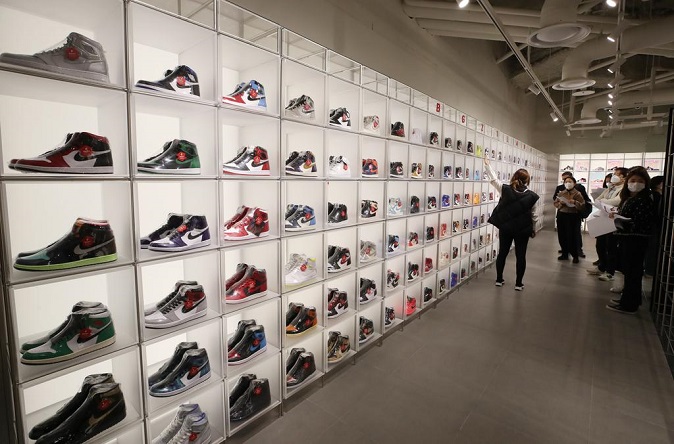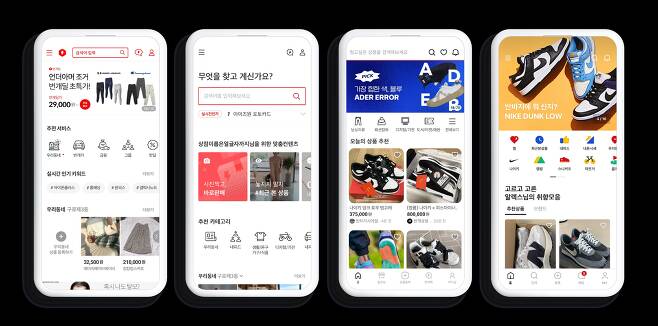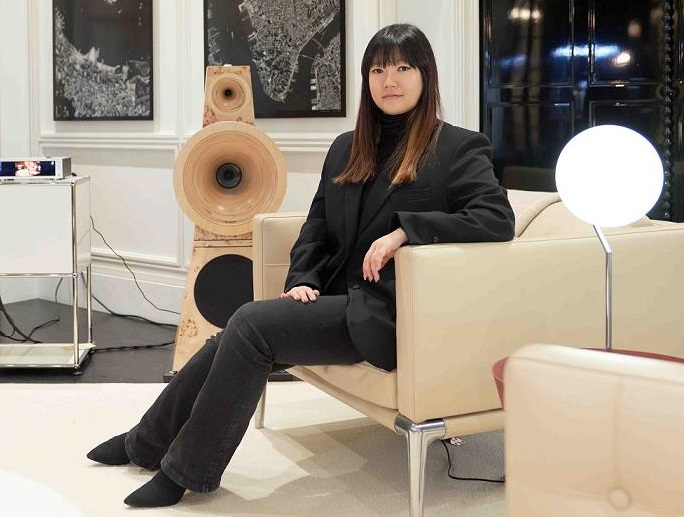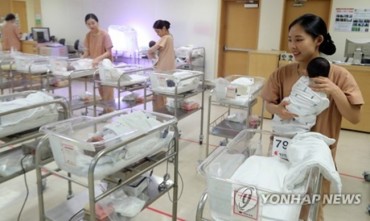SEOUL, March 23 (Korea Bizwire) — The secondhand clothing market has been long recognized as charity or thrift shops.
These days, however, for young people dubbed Generation Z, buying pre-owned clothing is not only a cheaper way of buying T-shirts and shoes, but also a way to enjoy a new shopping experience through obtaining their dream bags and sneakers.
Choi Jaewha, CEO of Bungaejangter Inc., or Bunjang for short, a South Korean mobile second-hand marketplace for peer-to-peer trading of products, said she feels the significant cultural change in the way people buy clothes as young consumers are increasingly concerned about the environment and their wallets are under pressure.
“Those in their 20s and 30s are leading the trend in Korea,” Choi said in an interview with Yonhap News Agency last week.
“A local survey showed that college students use secondhand trade channels to buy fashion items, while older people visit department stores or outlets to shop.”
She said youngsters’ shopping patterns are quite different from the older generation. For example, with a budget of US$50 for a sweater, middle-aged people may go to Uniqlo, a Japanese casual wear brand, to get one.
But youngsters buy a $500 one from Stone Island, an Italian luxury men’s apparel brand, and resell it at $450 through online platforms.

Bungaejangter Inc.’s store in southern Seoul for for secondhand transactions is seen in this photo taken on Oct. 27, 2021. (Yonhap)
Such young consumers have led Bunjang’s fashion business since 2011, when Bunjang was founded as one of the first mobile applications for secondhand trade, according to Choi.
Other similar reselling platforms were based on online bulletins led by middle-aged people or eccentric collectors.
“In 2011, Bunjang was the most popular app among teenagers,” she said. “As those young secondhand fashion goods lovers have held a majority of our customers, trade of used apparels has grown sharply and become the biggest business in Bunjang.”
People aged 35 or under currently take up more than 62 percent of its users, according to a report released last week by Bunjang.
Transactions of fashion items in the company reached 976.8 billion won (US$755.6 million) last year, more than doubling from 469.2 billion won tallied in 2019. The amount is expected to increase to 2.6 trillion won by 2026.
The number of transactions surged to 10.1 million from 6.5 million over the cited period.
Choi, who joined Bunjang in 2020 as a chief marketing officer, said for Generation Z, buying pre-owned shirts and bags no longer has a social stigma, but rather it is smart and environment-friendly consumption.
“The young generation takes a modern resale approach as they seek sustainable fashion, meaning something that has resellable value,” she said. “So they focus more on designer brands that can be resold at a proper price.”
To meet the new demand for vintage apparels and garments, Bunjang offers customer-tailored services with up-to-date search for both sellers and buyers.
“For buyers, it is important to let them search all available goods more easily and accurately,” she said. “So we are equipped with quality search services and adequate recommendation algorithms.”
Like social media, buyers can follow certain sellers who usually have their favorite items or brands or similar sizes and get push notifications when their long-awaited bags are put on sale.
At the same time, Bunjang has tried to lower the entry barriers for sellers who feel it is stressful to take and upload photos of their used items before selling.
On Bunjang, they can become a seller as they post a photo on Instagram and seek the right buyers as soon as possible.
On top of that, the company runs the Bungae Care service to check whether the traded product is fake or not when buyers request to secure customer confidence.
“I think it is our task to help our customers find people who have similar likes and preferences. If you find one customer and sell your item, vice versa, that’s a successful deal,” Choi said.
“It’s like YouTube. Everything is in Bunjang and you browse and find the right one.”
(Yonhap)








